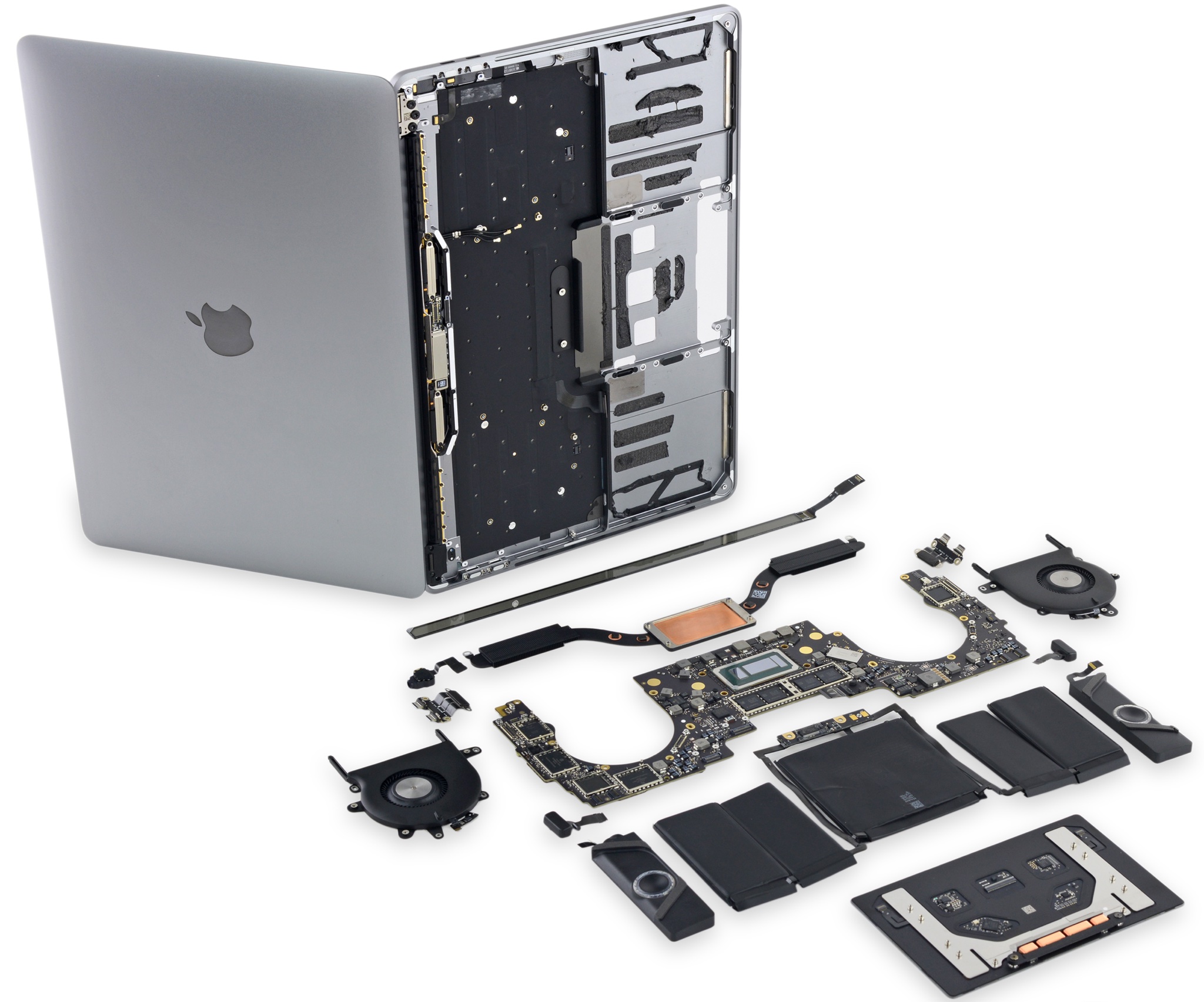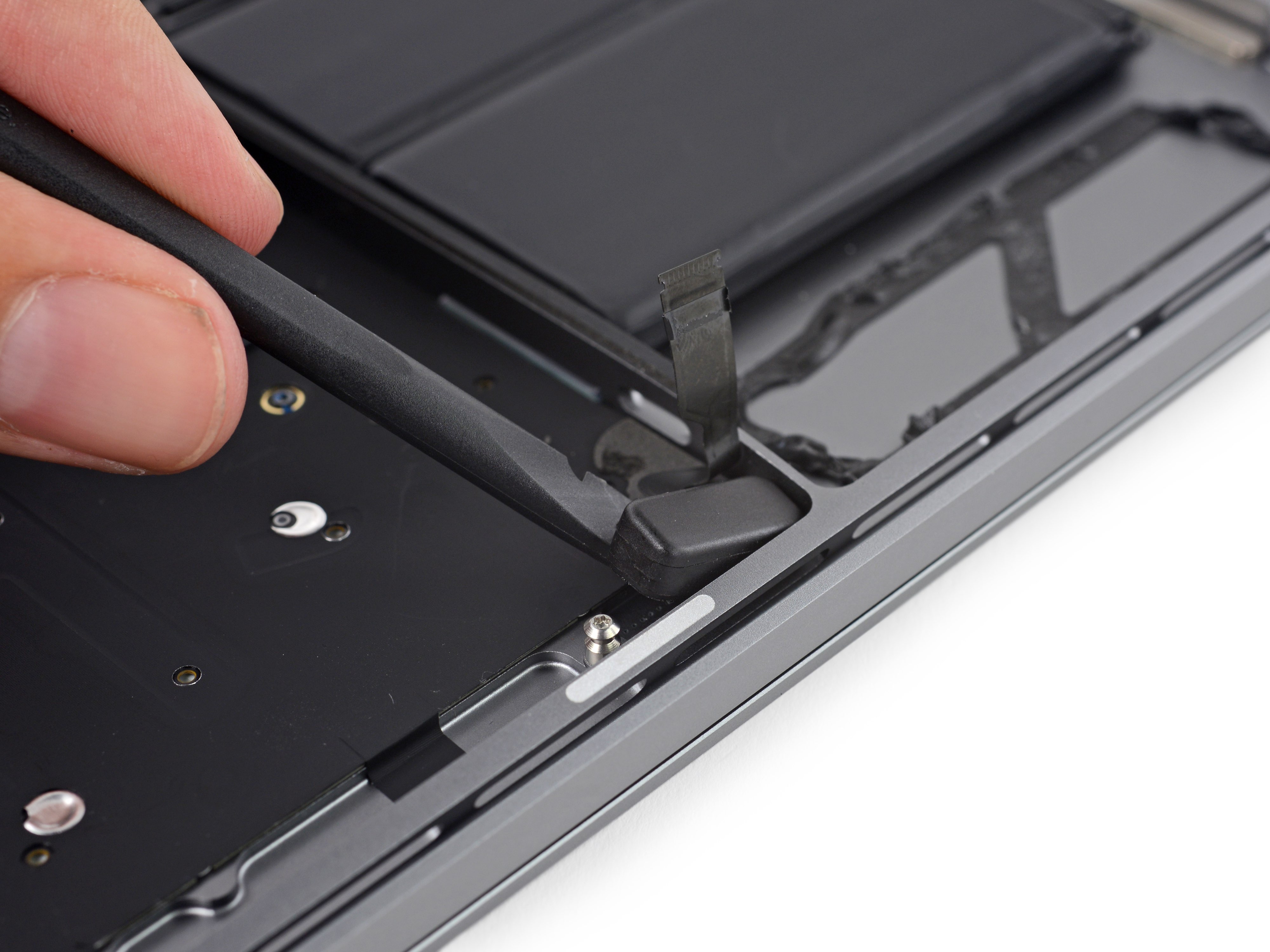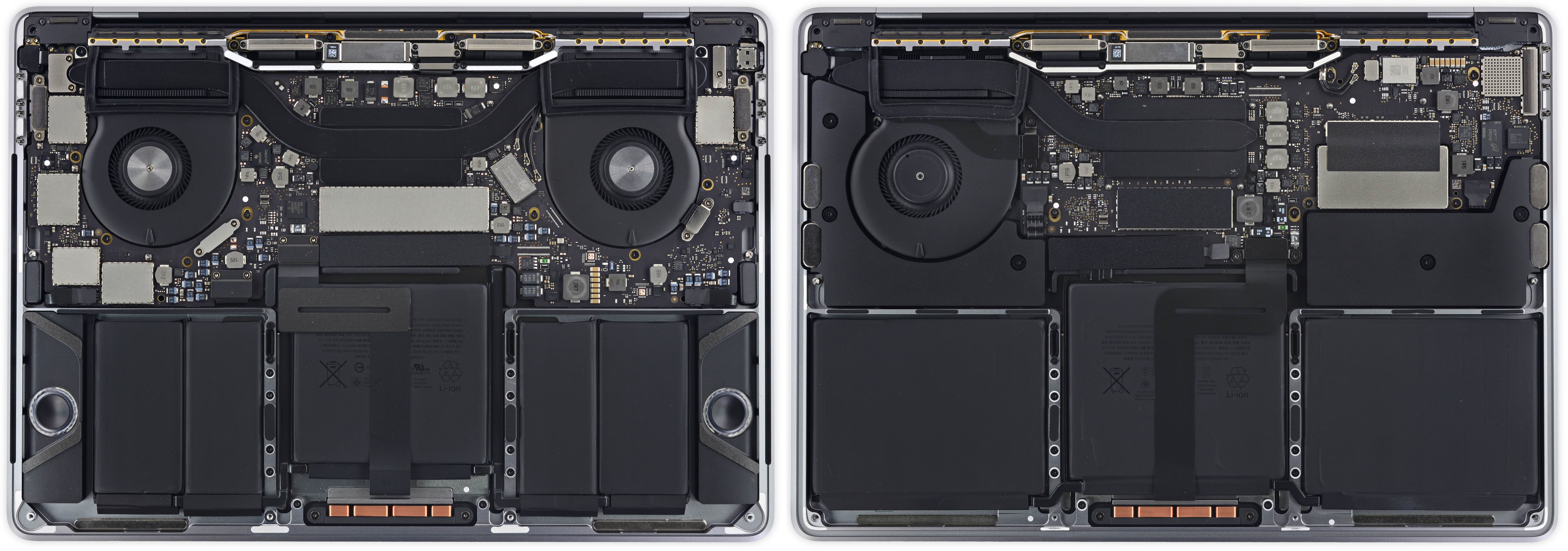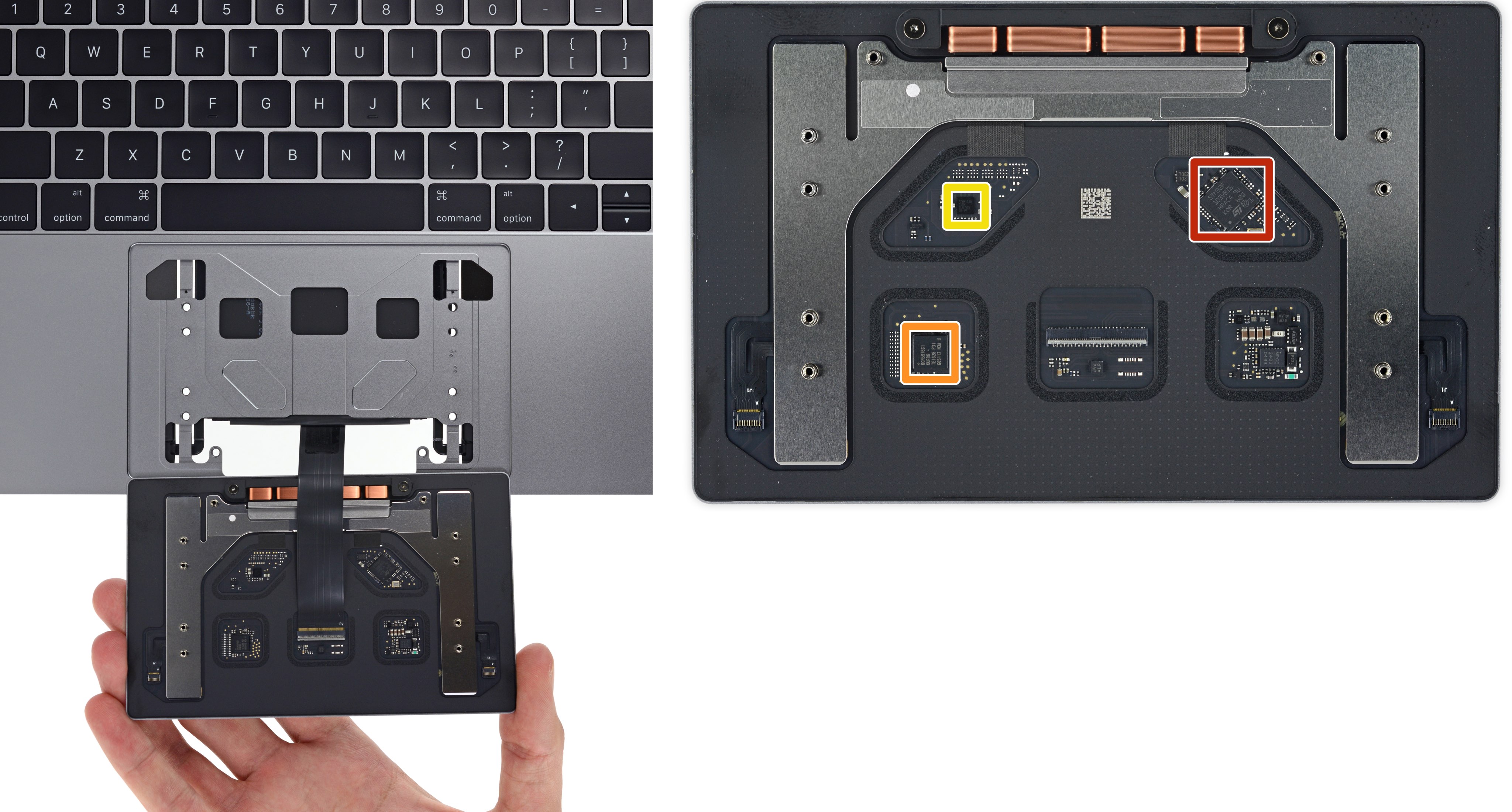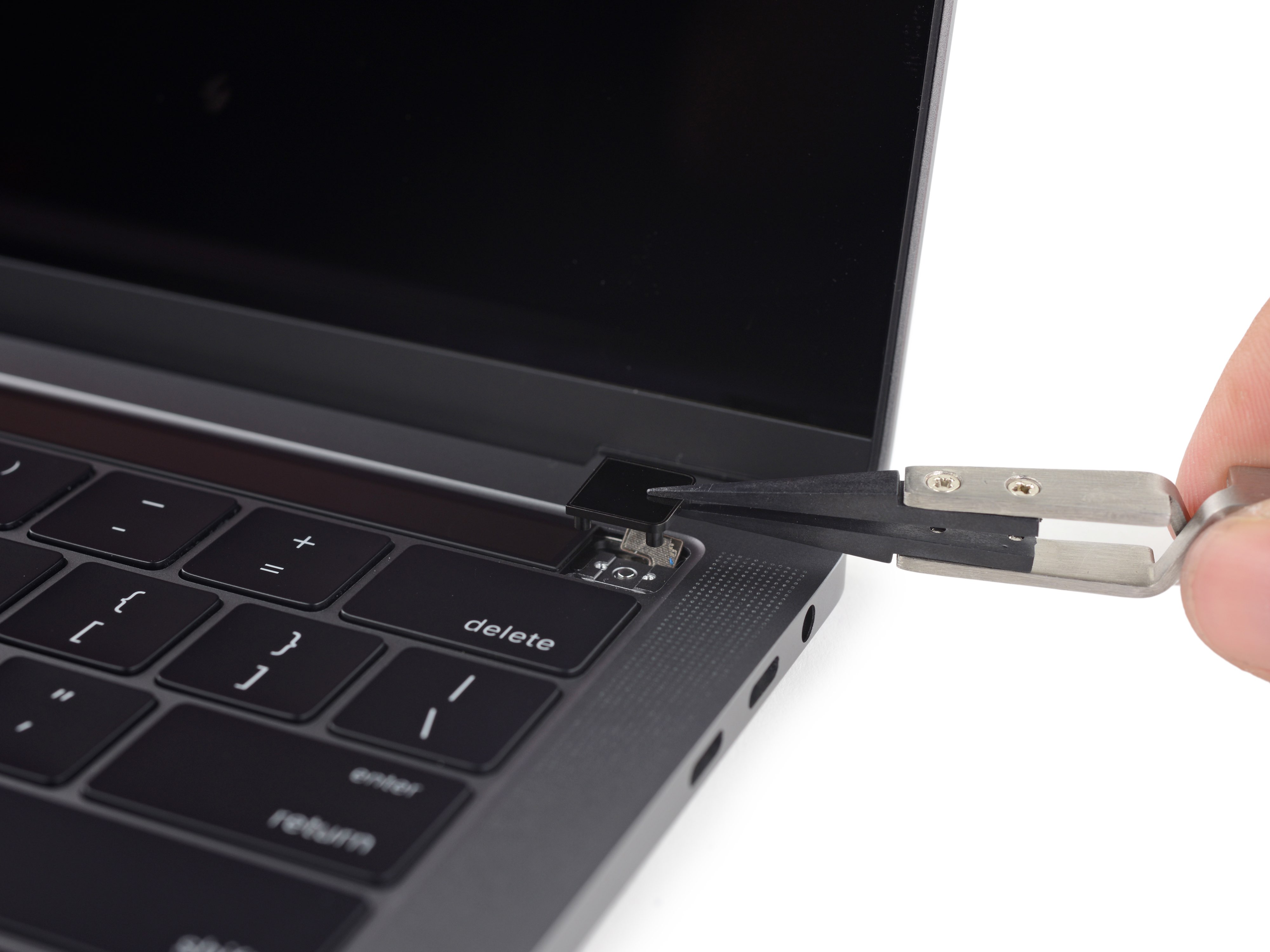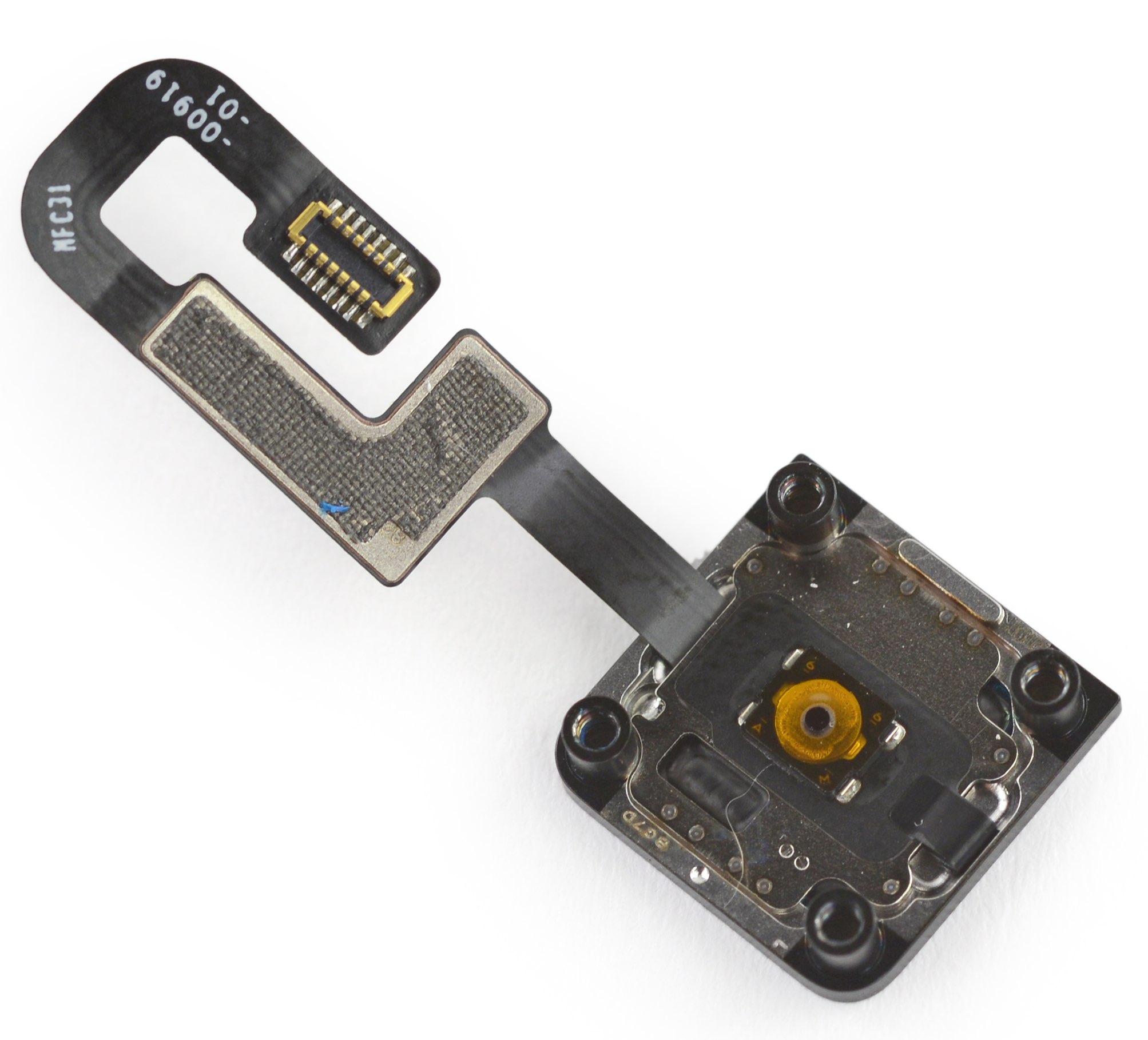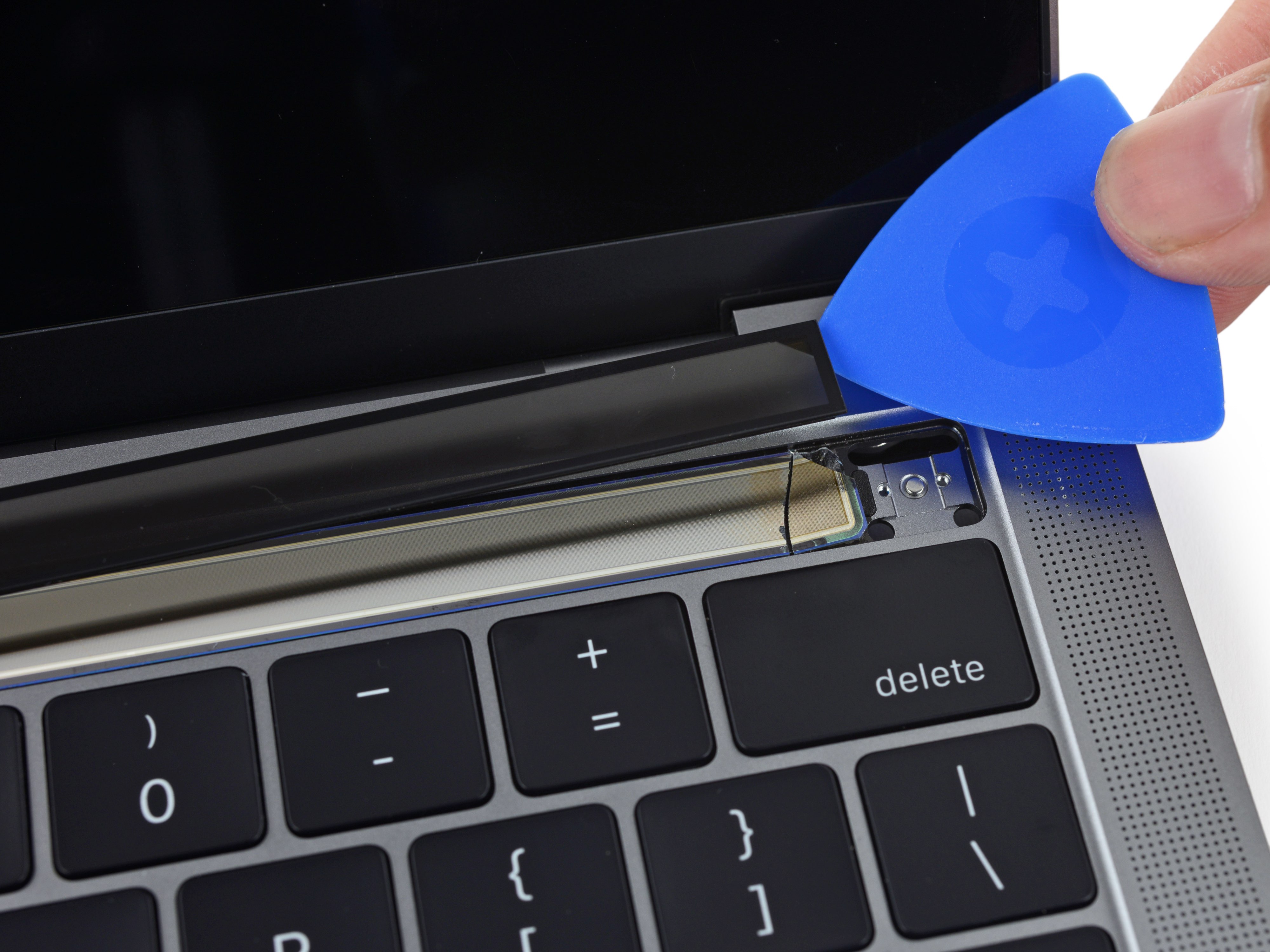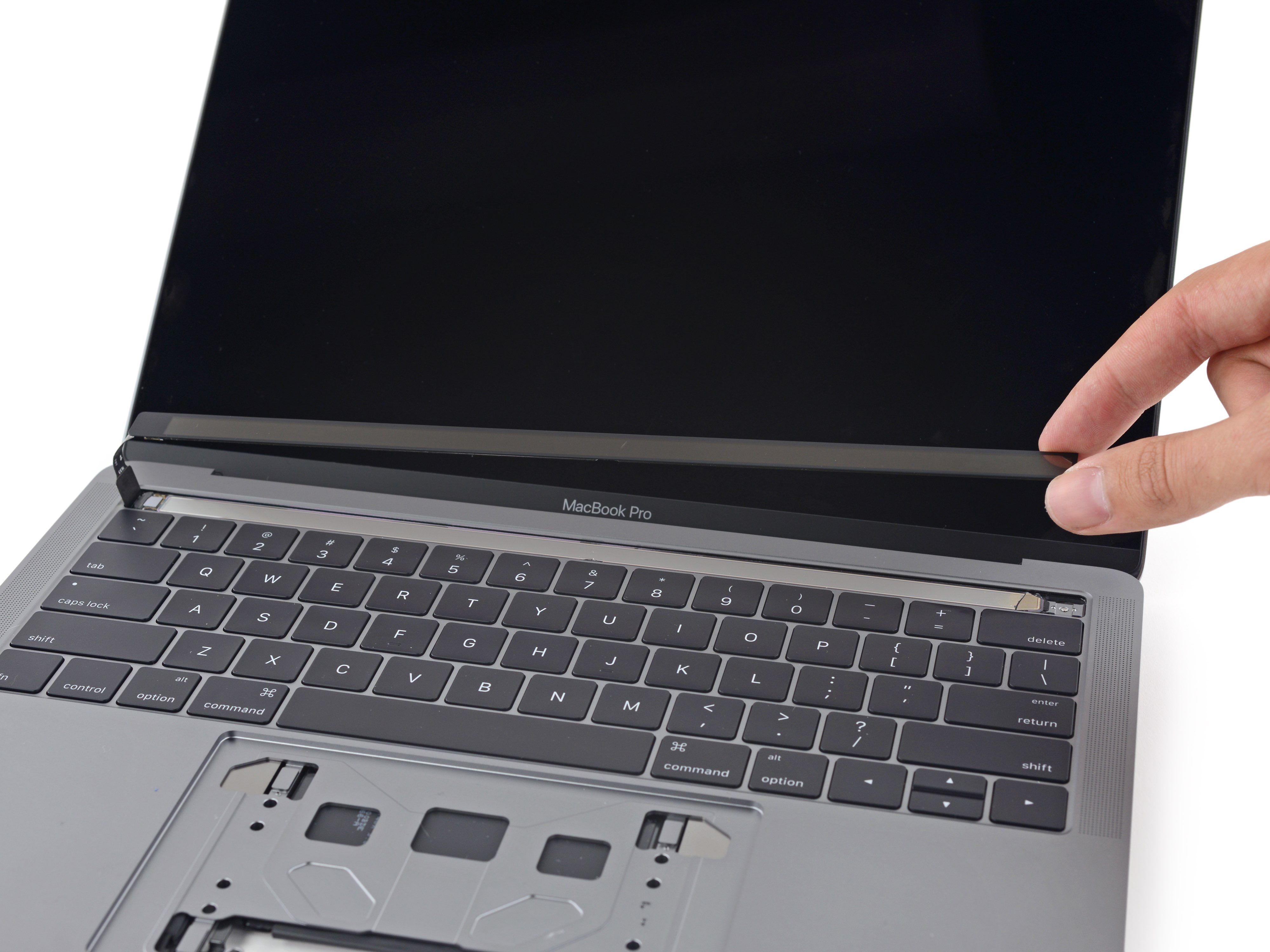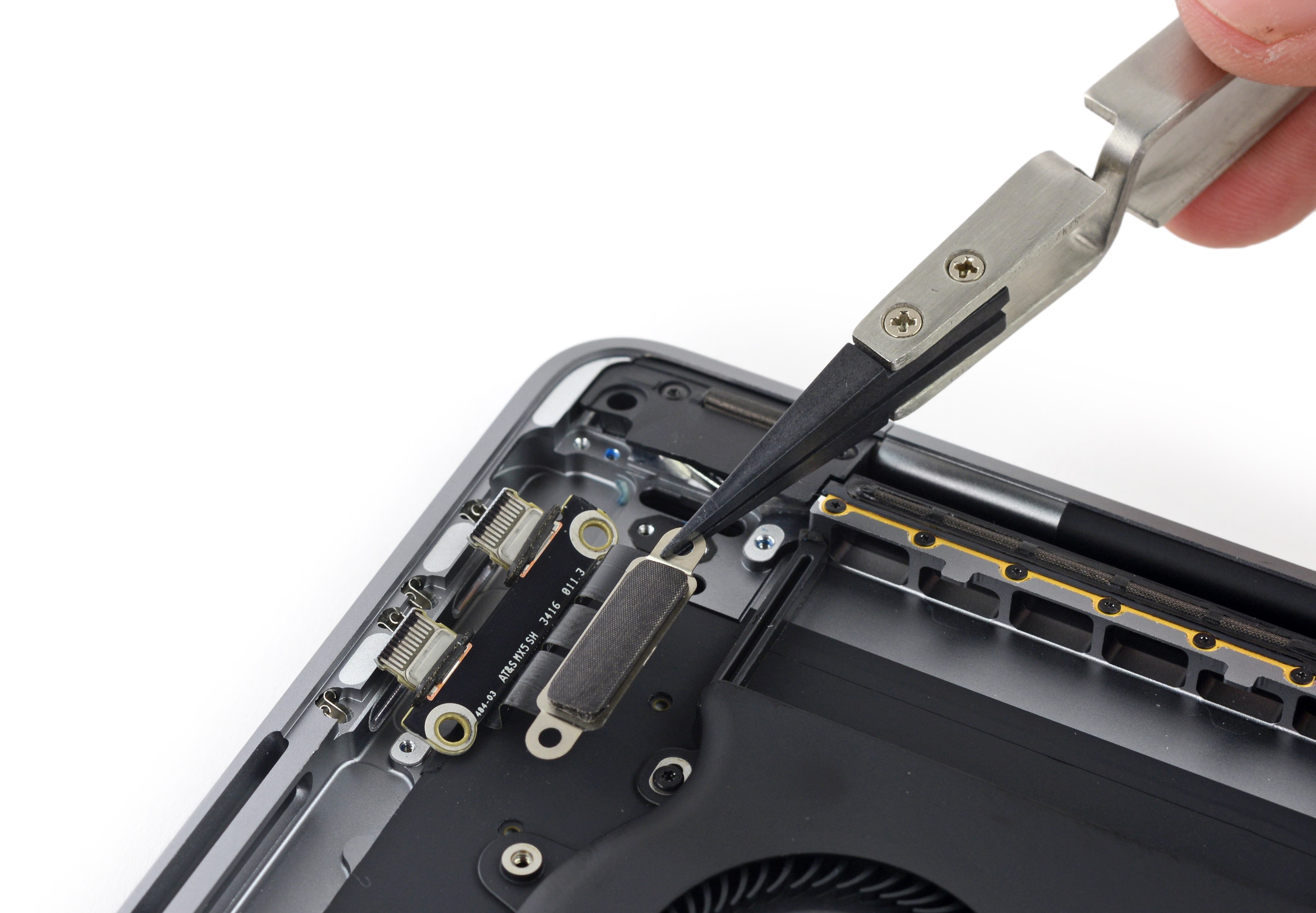After disassembling the base 13-inch MacBook Pro model without the Touch Bar, teardown wizards over at iFixit have now taken apart Apple’s Touch Bar-equipped 13-inch MacBook Pro. From the inside, it’s an entirely different computer with a totally different design that has more in common with its 15-inch brethren. Among other things, the teardown analysis has found that the external speaker grilles in the top half of the case exist mostly for “cosmetic” purposes.
That’s because the improved sound is being projected from a pair of air vents on the sides of the case. By comparison, the base 13-inch MacBook Pro without the Touch Bar does push sound through the speaker grilles as it lacks the air vents.
Other differences between the 13-inch MacBook Pro with Touch Bar and its cheaper 13-inch variant that lacks the Touch Bar include a differently laid out internal components to make room for the Touch Bar itself which, by the way, is hard to replace.
“The MacBook’s speaker grilles don’t actually cover the speakers—and the grille holes aren’t even holes,” writes iFixit. In fact, they don’t even go clear through the case. “Instead, the sound is directed through vents on the sides of the computer and into your earholes.”
A tiny tweeter is wedged in the corner above the true speaker system.
In other words, the speaker grilles are mostly cosmetic dimples with a few tiny holes reserved for a pair of tweeters that produce high frequency audio. As evidenced by the photograph embedded below, orange boxes show where the internal speakers are located. Faux speaker grilles are indicated in red.
Bearing a new model number (A1706), this machine is Apple’s second gadget to utilize OLED display technology (the first OLED-equipped device from the company was the Apple Watch). It has the same dimensions as the baseline 13-incher, but weighs about 20 grams more.
iFixit chalks up the weight difference to the the Touch Bar-equipped laptop’s smaller 49.2 Wh battery (197 grams) vs. a 54.5 Wh battery in the non-Touch Bar notebook (235 grams). “The weight disparity helps account for a lighter Touch Bar edition, but the battery seems to rate more watt-hours than the decrease in weight would suggest,” says iFixit.
Baseline 13″ MacBook Pro (left) and its TouchBar-equipped brethren (right).
Speaking of batteries, both this and the baseline 13-inch MacBook Pro model incorporate a new battery bridge bridge with copper pads that connect to the positive and negative terminals of the battery. “Apple also seems to have included a connector that goes nowhere. Could it be a diagnostic port?,” wonders iFixit.
Force Touch trackpad is larger and easily serviceable, but the cable routing is different to accommodate the modified logic board design. You’re highly recommended to hold on to the original flex cable if you’re planning on replacing a broken trackpad.
The trackpad uses an ARM-based Cortex-M3 low-power chip from STMicroelectronics (red), a Broadcom touch controller (orange) and Maxim Integrated 24-Bit, six-channel delta-sigma ADC (yellow), as shown on the enlarged photograph above.
This is the first Mac with Touch ID, a technology Apple debuted on the iPhone 5s four years ago. Located on the rightmost side of the Touch Bar is the physical power button with capacitive sensors that can read your fingerprints.
Because Touch ID doubles as the power button, fixing a busted power button will be costlier than it used to be. “The Touch ID button is topped by sapphire crystal, which should protect the fingerprint scanner from scratches,” acknowledges iFixit.
Onto the Touch Bar…
A thin strip above the keyboard where the row of function keys used to be located, the Touch Ba is a high-resolution Retina screen based on power-sipping OLED display technology. The Touch Bar comes complete with two custom chips right where it interfaces with the logic board, one of which is the Apple-designed T1 processor that powers the Touch Bar itself and the other one Broadcom’s touch controller.
There’s also STMicroelectronics’ display silicon and an unmarked chip that iFixit suspects is a display driver of sorts. Apple has said that the T1 chip contains an embedded Secure Enclave to give this MacBook Pro the same level of security when it comes to Apple Pay and Touch ID like on iOS devices. The Touch Bar itself, of course, is covered in glass for added protection.
Unfortunately, it’s unrepairable.
In fact, while the trackpad and the modular headphone jack are easily replaced pretty much everything else is soldered to the logic board, including the SSD chips, the RAM and the Intel processor. By comparison, the non-Touch Bar MacBook Pro does have a removable SSD.
Lastly, the symmetrical moustache-shaped logic board contains twice the heat pipes of the entry-level MacBook Pro model and houses a bunch of chips, including:
- Intel Core i5-6267U processor with Intel Iris Graphics 550
- Intel JHL6540 Thunderbolt 3 controller
- 4x Samsung-built DDR3 DRAM (2 GB each, for 8 GB total)
- 4x 64 GB SanDisk SDRQKBDC4 NAND flash storage, for 256 GB total
- Custom Apple T1 chip (APL1023 343S00137) that pairs with the Touch Bar
- Murata/Apple 339S00056 Wi-Fi Module
- NXP-built 66V10 NFC controller containing Secure Element 008 and NXP PN549 (as seen in the iPhone 6s)
As for the USB-C hardware, it can be replaced separately but you have to remove the logic board in order to get to it. According to Apple’s support document, only the left-side ports offer full-bandwidth Thunderbolt 3 performance. The two ports on the right side have Thunderbolt 3 functionality, but with reduced PCI Express bandwidth.
Tiny, modular USB-C board hangs off each end of the logic board.
For those wondering, all four ports on the 15-inch MacBook Pro and the two ports on the 13-inch MacBook Pro without Touch Bar offer full Thunderbolt 3 performance. Like the twelve-inch MacBook, the new MacBook Pros lack MagSafe connection so accidentally tripping over the power cord is more likely to damage your USB-C ports or send the computer flying across the room.
iFixit gave the new 13-inch MacBook Pro with Touch Bar a measly 1/10 for repairability because, as mentioned, replacing most of its components sans the trackpad and the headphone jack requires removing the logic board.
“Plus, the added (fragile) glass of the Touch Bar is difficult to remove, landing this laptop a 1/10 on our repairability scale,” said iFixit.
Source: iFixit
